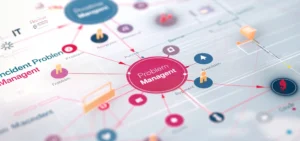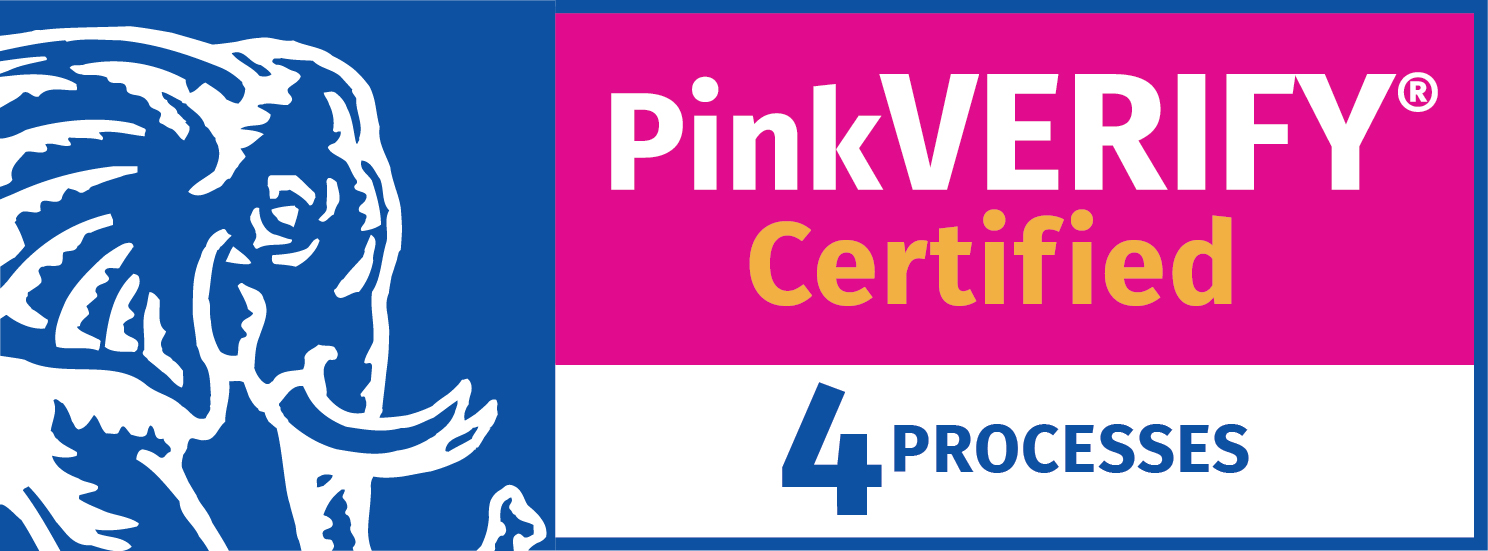Enterprise Service Management (ESM) is trending up. More companies are adopting service management tools and practices, as it helps them clarify internal services, break down internal silos, and improve efficiency through automation. Enterprise Management Associates, a research firm that studies ESM, found that 87% of organizations use some type of ESM tool.
Enterprises that deploy ESM note the reduced overhead common in department-to-department interactions. For employees, it increases predictability of problem resolution, as they can see their ticket through the system that their issue is being handled and the expected time frame for completion. Overall, the entire organization benefits from the increased efficiency inherent in an ESM system.

For example, say an employee needs financial statements from the finance team. Without an ESM in place, the employee would typically send an email to someone in the finance team. Immediately, they face three problems.
First, they don’t know exactly which member of the finance team can handle their request. Second, they have no visibility into whether their email is being handled. Third, they have no idea how long it will take for their request to be handled.
ESMs resolve all three issues. Using a portal, employees are assured that their request will reach the right address, and through the interface can check the status. SLAs let the employee know how quickly they can expect a response.
The result is improved employee satisfaction, rather than frustration leading to delays in job tasks due to the lack of visibility and response.
As ESM’s have increased in usage, they have begun to evolve. . Here are some of the top trends we’ve been seeing over the last year.
The Employee Experience is Central to Success in ESM Implementation
Chat Integrations are Key
Chat through tools like Microsoft Teams and Slack have been accelerated, especially as employees worked remotely over the last year and a half. As you might expect, these employees have grown used to chat channels, and expect to have them available for every type of corporate communication.
Today’s ESM systems incorporate chat into their processes. It enables employees to open tickets, request services, and instantly respond to any questions related to their service request.
AI Is Adding Value
AI is another trend we have started seeing, and expect to see more of in the years ahead. There are several places where we are seeing AI improve ESM functions. The easiest place to see AI is in chat, where the AI bots furnish users with information without requiring human intervention. Examples of this include providing reports or data, but it also includes categorizing tickets using NLP.
We’re also seeing AI show up in smart searches. Particularly helpful in knowledge base environments, these tools help employees find the information they need faster.
AI also can be used to recognize patterns and offer new solutions. For example, it can detect snags in workflows, leading to process optimization. AI is primed to help in more mundane tasks as well. If it detects frequent breakdowns in office equipment like chairs, the AI agent can recommend alternate products.
On the reporting side, AI can find inefficiencies and identify areas where services can be improved. AI tools can review KPIs, and ensure that organizations are meeting their targets.
The Employee Experience is Central to Success
While many employees have embraced working from home, it hasn’t been easy for provisioning services. With a decentralized workplace, organizations have to work harder than ever before to ensure that employees get the services they need in near real-time.
Employers, particularly in the United States, are facing challenges holding on to employees. Providing employee-centric services help to create a working environment that increases productivity, which in turn creates work satisfaction and happiness. There is nothing worse, for example, than having an employee sitting at home with a looming deadline that they can’t meet due to service requests that have gone unanswered.
As a result, we are seeing organizations put an extra emphasis on the employee experience, making it easier for them to get what they need.
Bottom Line on ESM
ESMs are maturing much more rapidly than ITSM did, primarily because they can borrow from ITSM’s concepts and tools. ESM provides a positive impact throughout an organization.
The trends that we are seeing in chat, AI, and employee experience are vital for employers who are navigating a post-COVID workforce.






